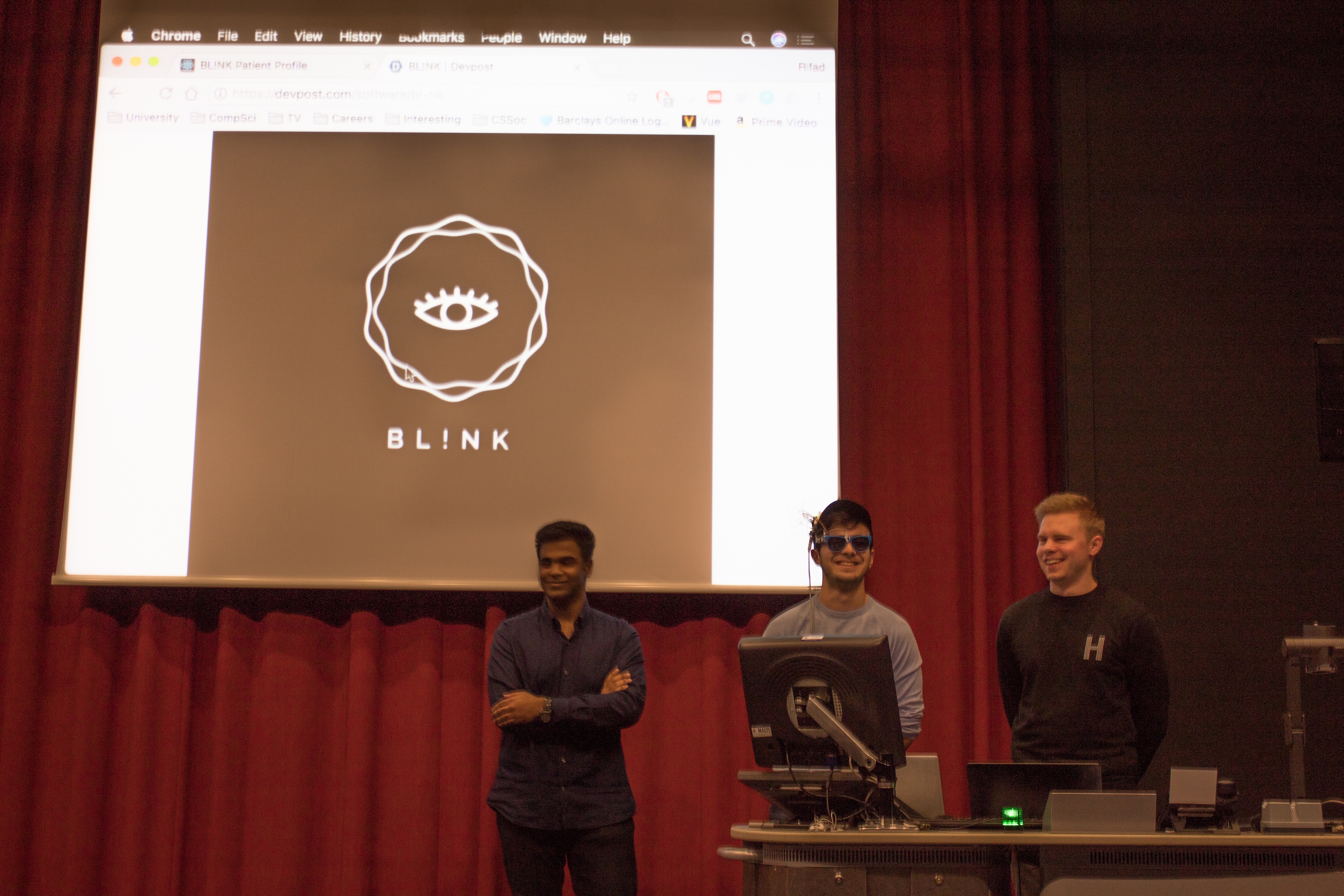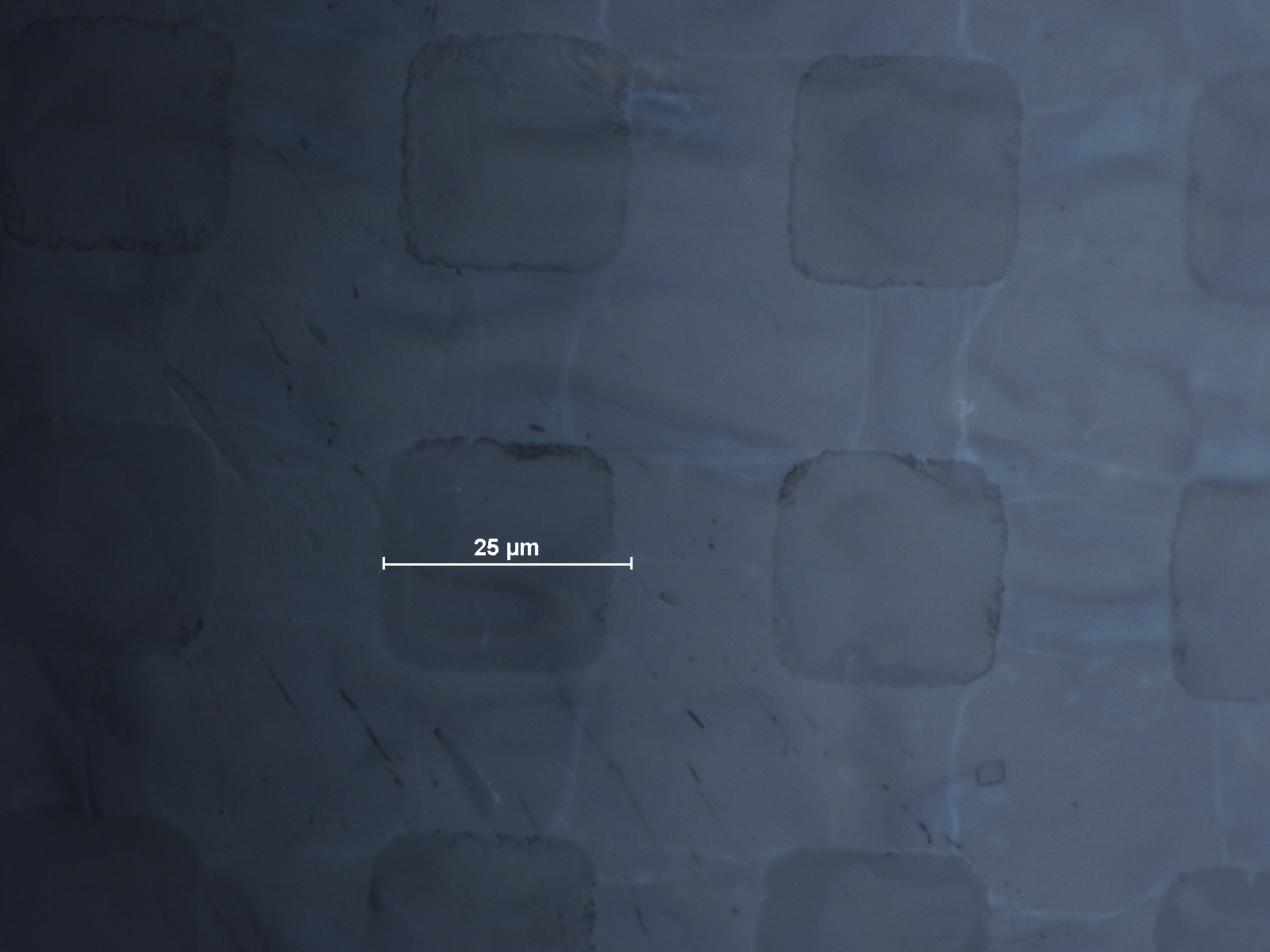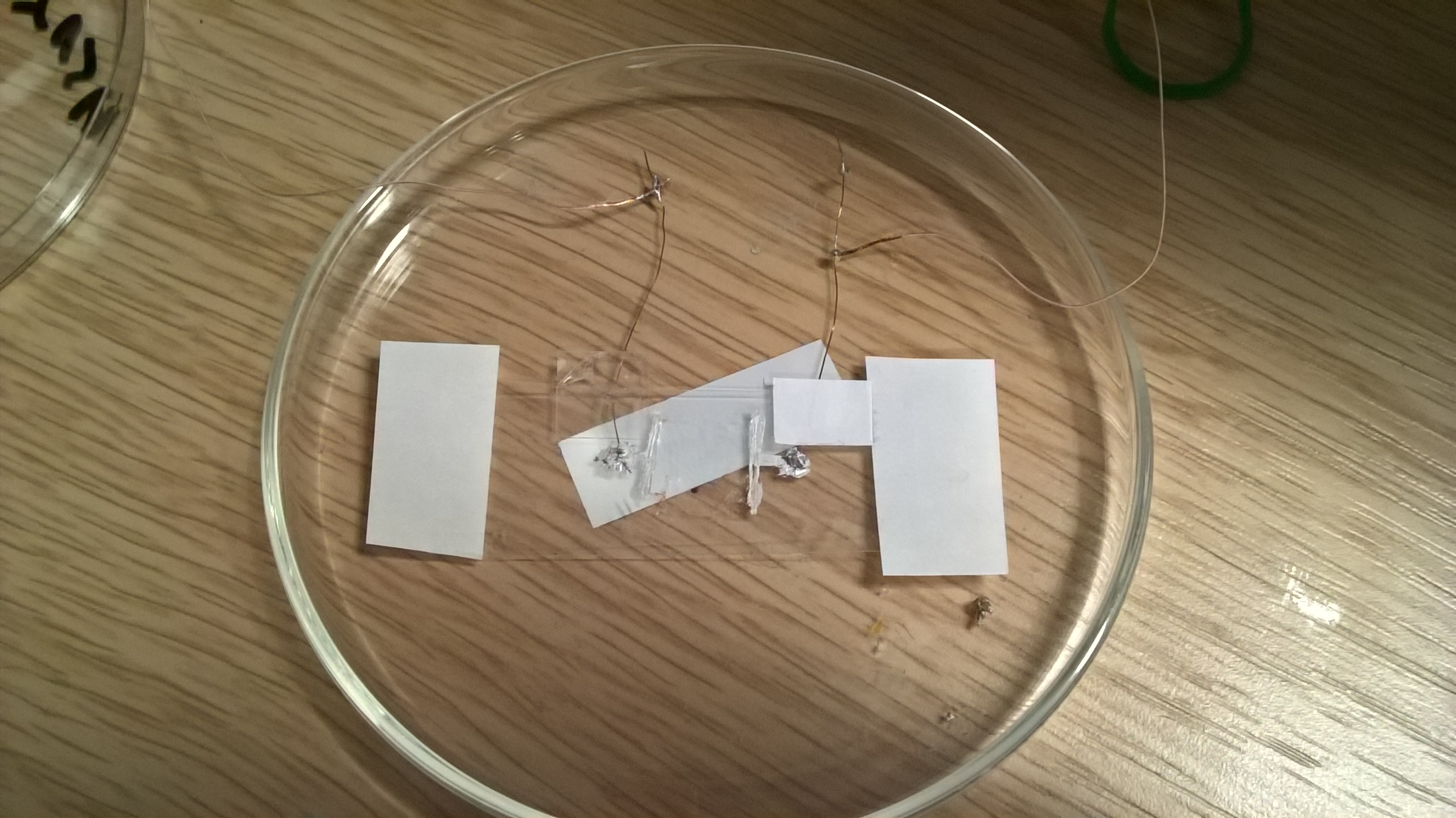If I had been asked at the start of my first year, how do I envision myself in my final year, working with graphene would have been the furthest thing on my mind. Yet, here I am, spending most of my time in the labs of the Nanoengineering and Storage Technologies group and loving every moment of it.
In my previous posts, I have only alluded to my third year project and described it briefly, but now i’m going to talk about it in a lot more detail…
This post aims to not only highlight the vast range of opportunities on offer at the University (if one knows where to look for them) but also help me catalogue important lessons and habits that I have picked up that have helped me become more effective as a researcher.
My project relates to Parkinson’s Disease, but to understand why, we must first understand the underlying cause of Parkinson’s Disease, which is the loss of dopamine producing cells in the human brain (why these cells die themselves is still unknown, however the effects of that death are very well known). Motor movement in humans can be viewed as a set of two actions, one, preventing unwanted movement and two, allowing precise movement. These two actions are co-ordinated by a part of the brain called the motor cortex. The motor cortex can be viewed as the last stop in a series of complex interactions occurring in a region called the basal ganglia.
It’s at the first stop, substantia nigra, where the problems start and then cascade all the way along! When the dopamine producing cells in the substantia nigra start dying, the dopamine receptors in the striatum no longer receive adequate input. This lack of input prevents the striatum from regulating the thalamus, which ultimately cannot influence the motor cortex enough so that it carries out the two actions as intended.
Eye blinking, like other motor actions, is co-ordinated by the same region and hence is affected as the result of this. Surprisingly, using eye blink as a marker hasn’t been explored extensively, despite the link being known. This has primarily been due to the fact that tremors and other symptoms (changes in voice) might offer better clues. Yet, for a third year project, this represents a low hanging fruit. One where I can build on existing literature and contribute something to what we currently know about the progression of Parkinson’s Disease. While this is all hunky dory, an important question is raised.
How does one measure eye blink?
To build a useful sensor, some considerations must be taken into account. The obvious one is that the sensor must actually detect the intended signal. The less obvious ones are, it must be unobtrusive and shouldn’t, in any manner, affect the existing behaviour of the person wearing the sensor. Given these constraints, we have to design our sensor carefully. Before I settled on the graphene one, there were three others that I had contemplated/discussed with Professor Simon Harper.
The first two were camera based. You could either have a camera (a miniature one, of course) looking at your eye at all times and then use image processing to identify blinks, or use your smartphone’s camera to remotely track your blinks and detect differences over time. The third one was using an infrared beam directed across the eye. I was unsure about the first two since they either didn’t offer continuous monitoring and/or required bulky apparatus. The third one was intriguing and some friends (Mihnea Savu, Rifad Lafir and Hendrik Mölder) and I built it at HackTheBurgh to win the top honours. While that was a fun hackathon project, it too had some real practical issues, such as requiring constant calibration and lack of effectiveness when looking downwards. Now these are all solid scientific reasons for why I chose to do it the way I did, nonetheless, there is no denying that……working with graphene is REALLY. FRIGGING. COOL.

A good way to imagine graphene is to take a slab of graphite (yes, the one found in pencils) and then polish it down to a thickness so fine, that all you have is a single layer of carbon atoms (this was actually a precursor to the scotch tape technique if I remember my history right). It isn’t much to look at, it’s mostly transparent. But this single layer’s properties make it incredibly useful for bio-mechanical sensing. For one, it’s electrically conductive, with an extremely low resistance (and this is the property I am trying to exploit). It is also relatively flexible. In fact, its flexibility combined with its resistivity makes it an excellent sensing material. This isn’t a monumental leap of faith, these properties have been known and used for quite some time in literature (for those keen on the references, check the project proposal linked underneath) to build sensors and it was one of these techniques I wanted to adapt and improve to accomplish my project’s goals.
Blinking in humans is the function of 3 muscles. One of these muscles is called the orbicularis oculi. To identify where this muscle is located, lift your index finger and place it close to the junction of your eyelids on the side of your head. Now blink twice. You must have felt a slight twitch under the skin. This is the very twitch that graphene would be picking up.

If you have followed so far, this must have sounded simple enough. And that was my initial reaction too. I mean, how hard it can be, just slap on some graphene on the side of your head, pass a current through it and pick up the change in resistance on a small micro-controller. Ha. Ha. Ha.
Building the sensor

The sensor by itself isn’t very useful. The data it collects needs to be analysed, stored and visualised to be useful to physicians. In a nutshell, I have to go right from a single atomic layer, all the way up to the cloud. Funnily enough, this serves as a useful analogy while I do my graphene work in the labs on the ground floor of the IT Building and discuss the cloud platform on the second floor of the Kilburn building.
The IT Building is home to the Centre for Mesoscience and Nanotechnology (CMN). It was here that they were able extract graphene using scotch tape and carry out electrical measurements on it, work which later led to the 2010 Noble Prize in Physics. At the CMN, under Prof. Thomas Thomson’s supervision and Dr. Gregory Auton’s guidance, I commenced my attempts to build my eye blink sensor.

Soon enough, the humbling lessons started. My first lesson was about recreating results from papers. I had, wrongly assumed, that a paper is like a recipe. My naïve (less so now, but still quite) self thought that I could follow the methodology section down to the dot and in about a few weeks, I would have the results I hoped for. It’s been 7 months since I started and I am still struggling to build the right type of sensor. Lesson learnt, papers aren’t like a collection of recipes, they are more like far apart placed signboards on a road that has many potential detours.

The next lesson that followed on from this was that of patience. As CS students, I think there are few avenues for us to develop that skill (unless you are a machine learning researcher). We live in an age where the output of our work can be seen instantaneously, when it works and when it doesn’t and this has spoilt us. In the natural sciences, this process is a lot more subtle. It can be a few days before I can see the result of my work, assuming that the procedure was carried out meticulously. In case it wasn’t, that’s a few days of effort wasted, unless…
(Lesson 3) you use every failure to learn something new about The Problem. As of last count, I have burnt, broken and botched 20 graphene samples and that has taught me 15 lessons (I am a slow learner, it took me 5 samples to come to grips with reality). These lessons have spawned ideas ranging from using an oven to make the process quicker to building a Lego testing apparatus.

Lesson 4 obviously has to be about collaboration and discussion. Several ideas that I utilised came from talking about my research with other people (both willing and unwilling participants). Sometimes, by explaining things to someone who doesn’t know the details, you are able to challenge your own assumptions and examine them closely to either modify them, discard them or relax them. This leads to insights that can help you take a few more steps forward. Closely related to this is, feedback, either positive or negative, is still useful. I say this because good feedback motivates you and negative feedback highlights questions in your research that you should be answering but probably haven’t. Recently, I had the honour of having my research questioned by Sir Andre Geim at a weekly conference where my supervisor was presenting the lab’s work. The question Sir Geim asked was whether graphene was truly a good/novel choice to build this sensor? The answer to that question is, probably not, but it’s a decent compromise between usability and sensitivity. Anyhow, had it not been for that question, I wouldn’t have spent a few days trying to absorb information on all other ways one could possibly do this, which itself was an essential exercise.
I have spoken about my project quite extensively above and I am just getting started. If I keep going, the post would become much much longer than it already is, hence, I am going to stop here. In the next one, I’ll probably talk about other lessons I learnt, some mundane, yet fulfilling experiences and the way forward for my project. That would probably be my last post on the topic before I move onto writing about Exploring Europe: One Hackathon at a Time.
Original project proposal (there were several revisions and corrections to this, so this isn’t the latest version)